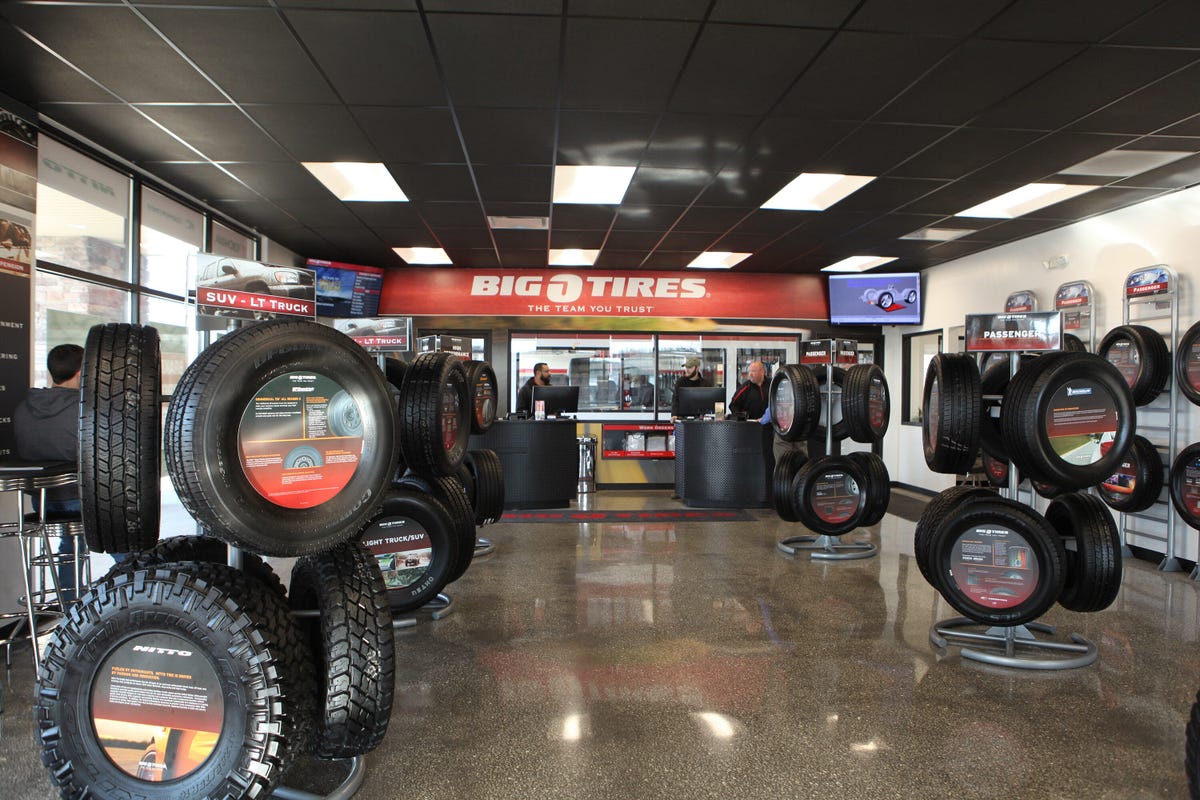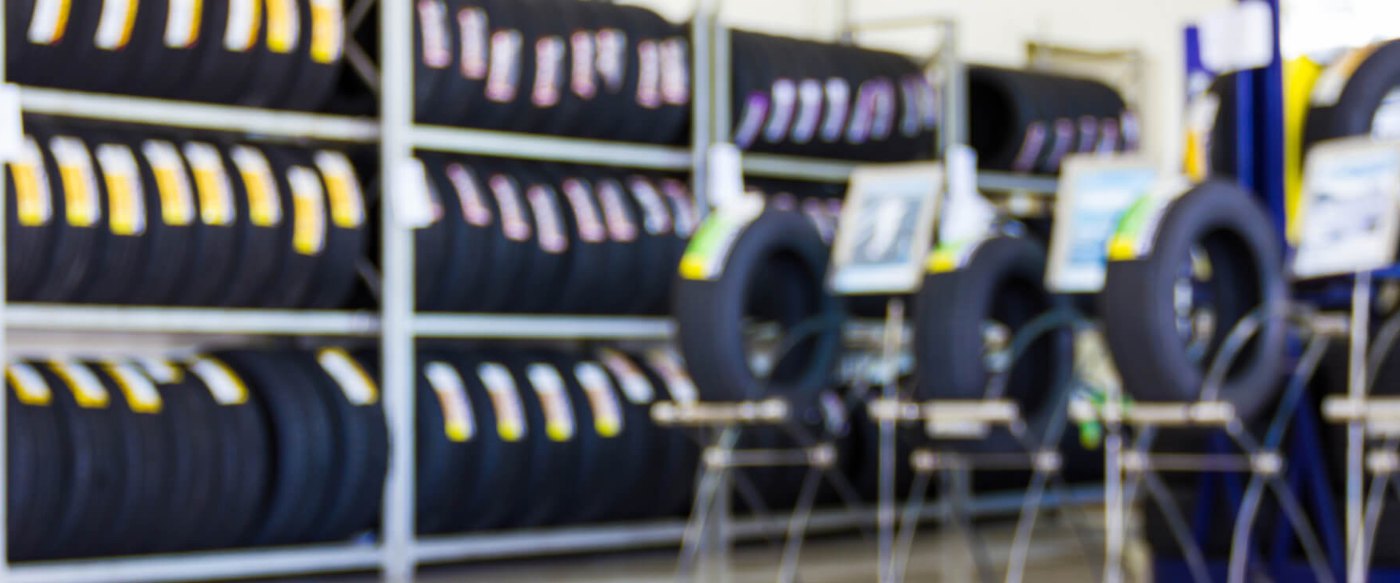
The Relevance of Tire Solution for Safe Driving
When it comes to driving,Making sure the security of oneself and others on the road is vital. One crucial element that frequently goes ignored but is important for risk-free driving is tire upkeep. The problem of your tires can substantially impact your car's efficiency and total safety and security. From tire stress to step deepness, there are several key elements to think about when it pertains to tire service. Disregarding these vital facets can bring about numerous threats while on the roadway. Allow's check out why tire solution is an essential element of risk-free driving and how it can make a significant difference in your total driving experience.
Tire Stress Maintenance
When tires are underinflated, the contact spot-- the location where the tire fulfills the roadway-- boosts, leading to extreme warm accumulation and prospective tire blowouts. On the other hand, overinflated tires decrease the contact spot, resulting in irregular tire wear and minimized traction.
To maintain the correct tire pressure, refer to the lorry supplier's suggestions normally discovered in the owner's guidebook or on a sticker label located inside the driver's side door jamb. Tire stress must be inspected a minimum of when a month utilizing a reputable pressure scale and changed as needed. In addition, it is a good idea to inspect tire stress soon trips or when bring heavy lots to guarantee safe handling and optimum performance. By focusing on tire pressure upkeep, motorists can promote more secure driving conditions and lengthen the life of their tires.
Tread Deepness Evaluation
Proper tire stress not just enhances lorry efficiency but also influences step wear, making regular tread depth examination essential for secure driving. To guarantee optimal safety, vehicle drivers ought to routinely inspect their tire step depth using a step depth scale. Remember, risk-free driving beginnings with proper tire upkeep, consisting of regular step depth checks.
Regular Tire Turnings
Routine tire rotations are important for prolonging the lifespan of your tires and ensuring optimum efficiency of your car. By consistently revolving your tires, you help disperse wear even more equally across all 4 tires. Front tires have a tendency to wear faster than rear tires due to elements like steering and stopping forces. Turning your tires at recommended intervals, commonly every 5,000 to 7,500 miles, can help prevent unequal wear patterns, which can lead to a smoother and safer driving experience.

Relevance of Placement Checks
Alignment checks play a critical duty in guaranteeing that the also wear patterns achieved through normal tire rotations are kept for optimal lorry efficiency and safety and security. When your lorry's wheels are not appropriately straightened, it can lead to unequal tire wear, influencing handling and gas performance.
Moreover, appropriate positioning enhances road grip and security, especially when driving in challenging problems such as wet or icy roads. It aids maintain the automobile's intended trajectory, reducing the risk of crashes because of drifting or pulling. By organizing regular placement checks, you can attend to any concerns without delay, making certain that your vehicle operates at its best and promoting general safety when traveling. Keep in mind, alignment checks are a safety net that can save you time and cash in the future.
Indications of Tire Put On
Maintaining alert monitoring of your tires' problem is extremely important to making certain risk-free and reliable driving techniques. One of the essential elements to look out for is tire wear, as it directly affects the efficiency and safety of your vehicle. There are several indicators that indicate your tires might be wearing out. Irregular walk wear across the tire surface area can suggest placement problems or improper rising cost of living. Bulges, splits, or cuts on the sidewalls are red flags that the tire structure may be endangered. Step depth is additionally important, and if it drops below 2/32 of an inch, it's time to change the tires for ideal traction. In addition, vibrations, particularly at high rates, can show tire inequality or various other issues. On a regular basis checking for these signs of tire wear and resolving them promptly via specialist inspection and upkeep will not just expand the life of your tires but also improve your security on the road.
Verdict

From tire pressure to tread depth, there are several key factors to consider when it comes to tire service. When tires are underinflated, the contact patch-- the area where the tire meets the road-- increases, leading to too much warmth build-up and prospective tire blowouts. By turning your tires, you make sure that each tire uses evenly, maintaining consistent grip (gmc tires). Routinely checking for these indicators of tire wear and resolving them immediately with professional inspection and upkeep will certainly not just extend the life of your tires but additionally boost your security on the road
Regular upkeep jobs such as keeping track of tire pressure, examining tread deepness, turning tires, and checking alignment are crucial to make sure optimal efficiency and durability of tires.